Social Media, 19 Years After The First Tweet
Misinformation, disinformation, and polarization are the new normal on social media, but authenticity and trust still matter.
💬 Quick CONVERSATION STARTERS:
The metamorphosis of Twitter
Just last week, Twitter co-founder Jack Dorsey celebrated the 19th anniversary of the first-ever tweet.
A lot has changed since then, and the platform formerly known as Twitter is now X, owned by tech billionaire Elon Musk.
“The world’s richest man has used it to help reelect President Donald Trump and continues to use it to push his own political and social agenda as he seeks to reshape the US government,” CNN said about Musk in its recent documentary series Twitter: Breaking the Bird.
The CNN series follows the insider story behind the meteoric rise and eventual sale of the revolutionary app featuring the voices of the founders themselves.
CNN points out: “White supremacists and disinformation peddlers have been welcomed back to the platform, even as some longtime users try to cling to its utility for sharing real-time news and information. And while Twitter long struggled to turn its influence into a profitable business, the company’s value is more questionable now than ever after Musk’s controversial policies alienated advertisers.”
“There was a lot going on. There’s not really time in the day to contemplate the much larger implications of what we’re building,” Ev Williams — co-founder of Twitter with Dorsey and Biz Stone — said in the series, reflecting on Twitter’s early days. “We built this thing that took on a life of its own that has these bad elements and these good elements and the battle is trying to have the good outweigh the bad. And that’s what felt like a maybe losing battle over time. Like, is it worth it? Is this whole idea flawed?”
Under Musk, Twitter — now X — has changed quite drastically: perhaps more polarized, they dropped fact-checking for community notes, and some users have started to look for alternatives.
If X is not what Twitter was, what is?
Substack is certainly one of those alternatives, but so are Bluesky, out LinkedIn, and Threads — we recently wrote about LinkedIn here.
As of Substack, according to
, it seems to have become “the healthy version of Twitter. I love it here.” agrees and posted: “I’m switching out X (Twitter) for Substack for a while. My brain feels better already.”What does politics on X look like?
recently posted this image of the top 25 political and news accounts on X in the past 30 days. points out to a new Media Matters report in a recent post on on Substack. “According to their analysis, nine of the top ten online shows are right-leaning, with a total following of more than 197 million subscribers and viewers across platforms,” Molloy writes. “Overall, right-leaning online shows have amassed nearly 481 million followers across platforms — almost five times more than the 104 million followers for left-leaning shows. On YouTube alone, right-wing channels have racked up 65 billion views compared to 31.5 billion for left-leaning content.”
She adds: “These numbers are staggering, but they're not an accident. They're the result of a deliberate, well-funded strategy to colonize the digital media landscape with conservative voices. While left-leaning creators struggle to cobble together sustainable business models through Patreon donations and merchandise sales, right-wing personalities are frequently backed by billionaire money that allows them to build sophisticated media operations with professional production values and massive marketing budgets.”
In addition, while conservatives have found a home on X for political news, the liberals, according to
’s recent Subastack post, “have taken to LinkedIn instead of other platforms.” Carter adds: “Maybe it’s because they have the impression that there is some gravitas on LinkedIn? It was never political. It was always just a megaphone.”But according to
here on Substack, it’s not just about X vs Linkedin. He explains: “too many Democrats are still trapped in a losing game of LinkedIn style politeness.”Watson adds: “Democrats, liberals, and progressives are still stuck in the careerist LinkedIn mindset—writing lengthy, polished takes that sound professional but lack the visceral punch needed to win the fight. The reality? The average voter sees three words in all caps on X that change the game.”
Elle Bisgaard-Church, campaign manager for 33-year-old democratic socialist and upstart NYC mayoral candidate Zohran Mamdani, wrote in a March state of the race memo: “As establishment Democrats fail to meaningfully connect with voters through nontraditional media, we’ve broken through to them — and it’s driving our fundraising and field efforts.”
According to Mark Chiusano in a POLITICO article titled “The Democrats Are Losing the Social Media Wars. This Young Socialist Is Changing That,” the key to Mamdani’s tactics is part delivery, part content: “He relays his messages in stunty, shareable packages, but the substance of that message draws on an older tactic from the Bernie Sanders playbook: Pick a handful of straightforward economic proposals that would impact the daily lives of regular people and repeat, repeat, repeat. Attendees of a Bernie rally are primed to chant Medicare for All before they even get there. Now, thanks to his social-media savvy outreach, Mamdani draws crowds ready to sing along to his own greatest hits — like at the comedy club.”
To understand politics on social media is also to understand political digital ad spending.
“US political advertisers spent about $10.6 million on Facebook and Instagram ads last week,” according to
in . “Meanwhile, political advertisers spent just over $2.5 million on Google and YouTube ads last week.”On X specifically, “political advertisers in the US have spent around $1.6 million on ads in 2025,” Ritzmann says.
Why more news influencers are on X than any other platforms?
X, remains a key platform for news creators and influencers. Here’s some interesting data from the Pew Research Center:
Far more of the news influencers in our study have an account on X than any other social media site: 85% are on the site, compared with 50% who are on Instagram, the next-most popular site.
About two-thirds of news influencers in the study are on more than one site, including 27% who are on five or more sites.
Many influencers also share content through podcasts (34%) or newsletters (22%).
Among the news influencers in the Pew sample, men outnumber women by a roughly two-to-one margin: 63% of influencers are men, compared with 30% who are women.
Overall, more news influencers explicitly present a politically right-leaning orientation than a left-leaning one (27% vs. 21%) in their account bios, posts, websites or media coverage.
About half of influencers do not express any clear political orientation.
Nearly one-in-five news influencers (18%) share part of their identity or beliefs beyond their political orientation.
Does authenticity still matter on social media?
“What we know to be true is that whoever follows you or whoever engages with your account, what they see in you is authenticity,” Dr. Wendy Osefo, a cast member of Bravo TV’s Real Housewives of Potomac, and a distinguished visiting professor at Wesleyan University, where she teaches a course on “The Sociology of Reality TV,” said at a National Digital Roundtable event in Washington DC.
She added: “Once you start to deviate from authenticity, then you start to lose your viewership, you start to lose your audience, or even people start questioning, ‘why am I following this person and what do they stand for’. There is a reason why people engage with you. You have to maintain that authentic nature.”
We can’t agree more, authenticity still matters!
According to
in her here on Sustack: “Authenticity is refreshing. The best online spaces are the ones that feel honest, unfiltered, and human. You don’t need to brand yourself, create a persona, or stick to a theme to be valuable. You are enough, even without the perfectly curated feed. At the end of the day, social media should serve you not the other way around.”M adds: “So post without overthinking, embrace imperfection, and remind yourself: you don’t owe the internet a perfect persona. I constantly feel the urge to post more on social media YouTube, Instagram, TikTok. But I have to admit, posting on Substack and YouTube makes me feel genuinely happy and fulfilled. I don’t know why, but the feeling is completely different from when I post on Twitter or Instagram.”
As
puts it: Authenticity is not BS. […] Being yourself online is hard AF.”And authenticity is important also for brands.
Tory Burch, designer and founder, told
in her : “Storytelling has always been incredibly important to me, and the way people consume this content has changed. We were drawn to Substack for its authenticity, creativity, and sense of community.” explains in : “Consumer behavior is evolving. People are beginning to push back against traditional influencer culture, favoring organic recommendations and word-of-mouth over mass marketing. In this new digital landscape, trust, authenticity, and community will matter more than ever.”What about trust?
According to Gallup, trust in media has dropped precipitously in recent years, particularly among young adults and Republicans.
About two-thirds of Americans in the 1970s trusted the “mass media — such as newspapers, TV and radio” either “a great deal” or “a fair amount” to “[report] the news fully, accurately and fairly.” By the next measurement in 1997, confidence had fallen to 53%, and it has gradually trended downward since 2003. Americans are now divided into rough thirds, with 31% trusting the media a great deal or a fair amount, 33% saying they do “not [trust it] very much,” and 36%, up from 6% in 1972, saying they have no trust at all in it.
Whereas about a third of US adults say they have no trust at all in the mass media, 59% of Republicans hold this view — a view that saw a particularly sharp increase between 2015 and 2017, when it rose 21 percentage points to 48%. Republicans’ lack of trust in the media topped 50% for the first time in 2020 and has since remained at the majority level. Lack of trust is also up sharply among independents, now 42%, while it continues to be low -- 6% this year -- among Democrats.
Another 29% of Republicans, 32% of independents and 40% of Democrats in 2024 reported having “not much” trust in the news media, resulting in the vast majority of Republicans (88%) and independents (74%) and nearly half of Democrats (46%) having low trust in the media. Conversely, 12% of Republicans, 27% of independents and 54% of Democrats trust it “a great deal” or “a fair amount.”
What’s the state of social media in 2025?
According to We Are Social’s February 2025 social media global report, citing the latest analysis from Kepios, there are now 5.24 billion active social media user identities around the world, with that total increasing by 4.1% over the past 12 months.
However, adoption rates vary meaningfully around the world.
The latest research from GWI indicates that “keeping in touch with friends and family” remains the primary reason for using social media in 2025, but it’s perhaps surprising to learn that barely half of active social media users (50.8%) cite this as a relevant motivation.
“Filling spare time” ranks second at a global level, while more than 1 in 3 active social users say that “reading news stories” is one of their main reasons for visiting social platforms.
Do you get your news on social media?
In fact, despite social platforms asserting that news content isn’t important to their users, more than 1 in 3 adult social media users (34.5%) say that reading news stories is one of the main reasons why they use social platforms.
Social media news activity also varies meaningfully by geography, with 56.6% of active social media users in Nigeria saying that current affairs content is a top draw — the highest percentage recorded.
Similarly, more than half of adult users in Brazil, Turkey, and Greece agree.
Conversely, in the United States the percentage is barely above 27%, while the global average is 34.5%.
Also, users across the Middle East are less likely to seek out news content on social media though, with less than a quarter of social media users in Israel, Saudi Arabia, and Egypt saying that news content has primary appeal.
Finally, South Korea and Japan are towards the bottom of these rankings.
From my subscribers here on Substack…
I asked my amazing subscribers about their thoughts on the state of social media platforms in 2025... 19 years after Twitter was launched.
Here are some of their comments:
- : “I just have more questions. Are social media platforms more divisive than before? Have we all migrated to the social media platforms we have a preference for? Has it become even more of an echo chamber? And if so, what’s the implication of it on society?”
- : “Only here to wake others up to Nostr, pod 2.0, and censorship resistance.”
- : “I think it's past time for the old big social media platforms to go obsolete completely. Twitter is dead, Facebook is comprised and becoming more dangerous to stay on. Instagram may not be far behind. Substack isn't bad but it can be a lot to look through. I love Bluesky but it's still growing. Communication has become so chopped up into pieces and decided. Ground News and are absolutely excellent. We do need something new in my opinion, something to bring more of us together again.”
- : “I'm concerned by: 1) how to overcome mis/disinformation while protecting speech and 2) how to fight censorship and shadow-banning.”
I cannot thank them enough for contributing to the conversation. I love my community here on Substack!





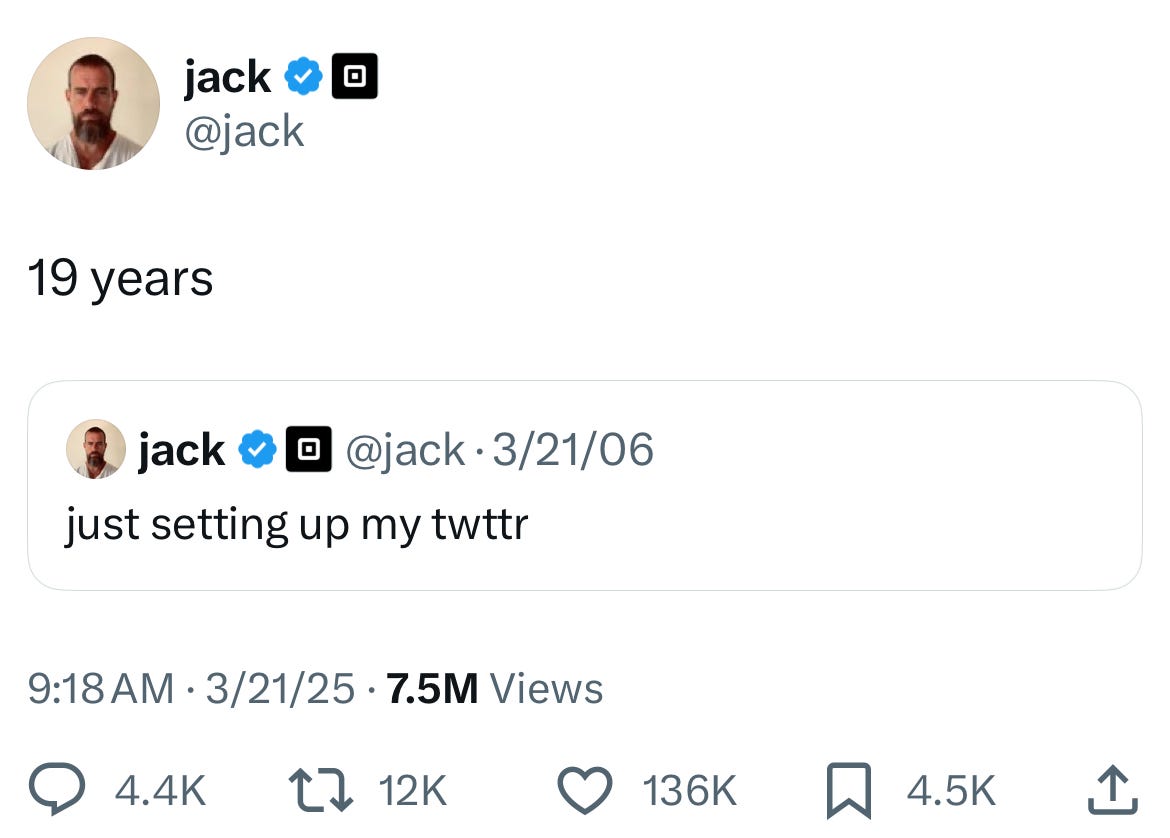
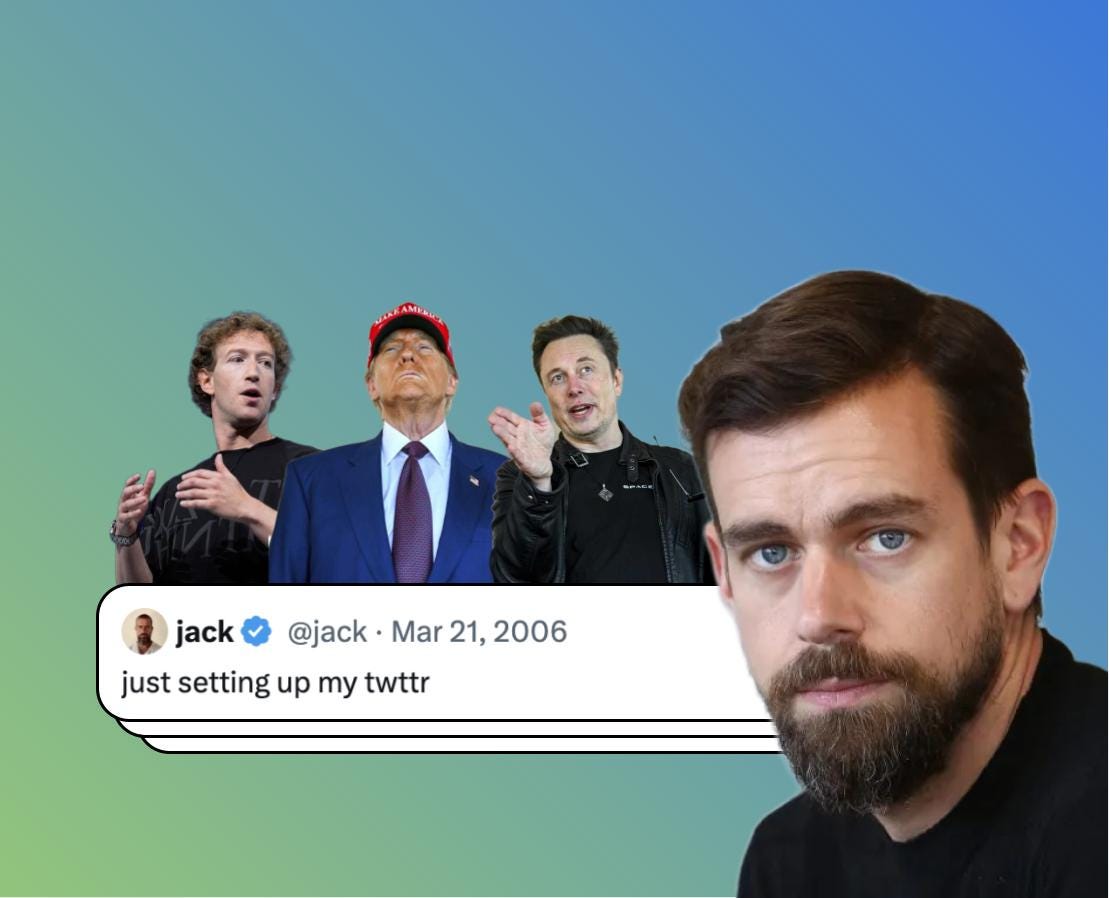
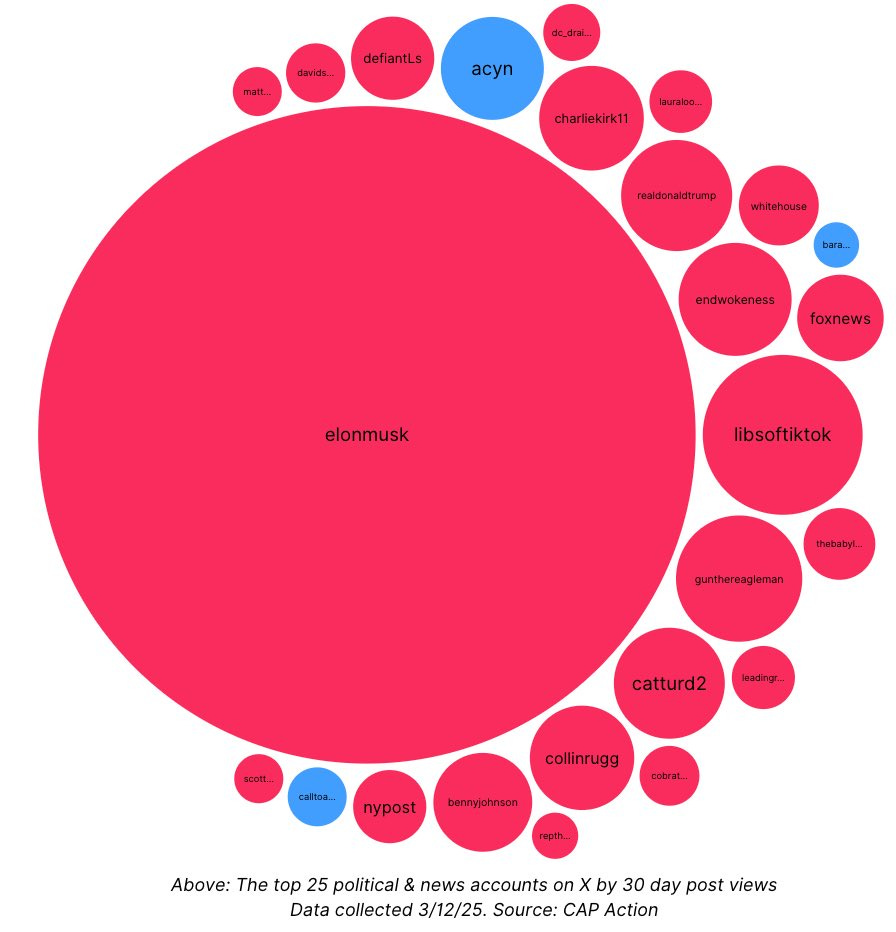


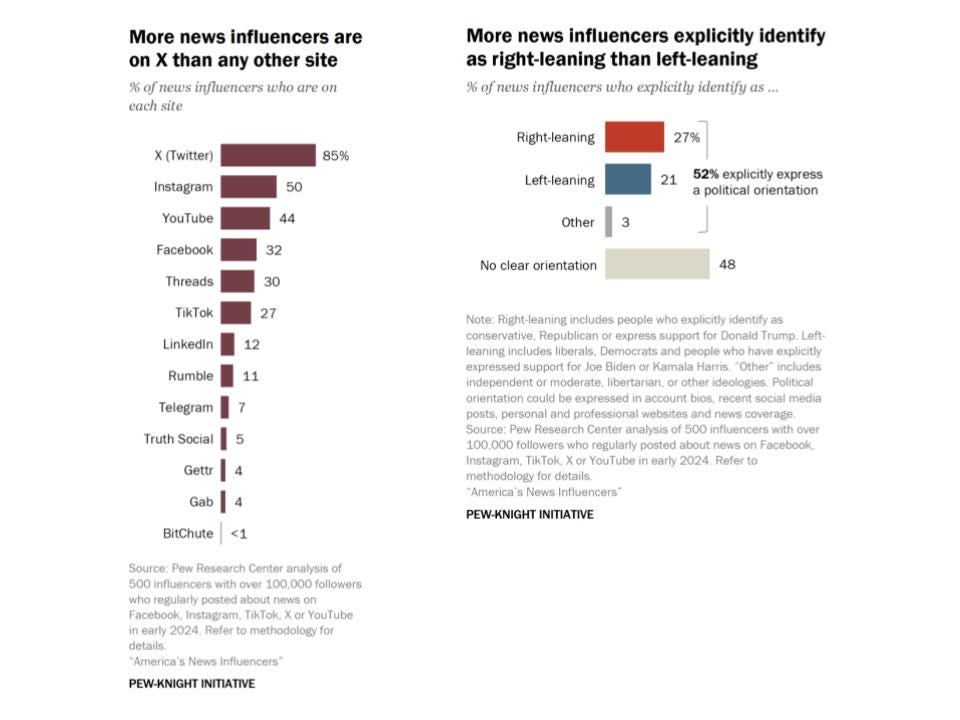


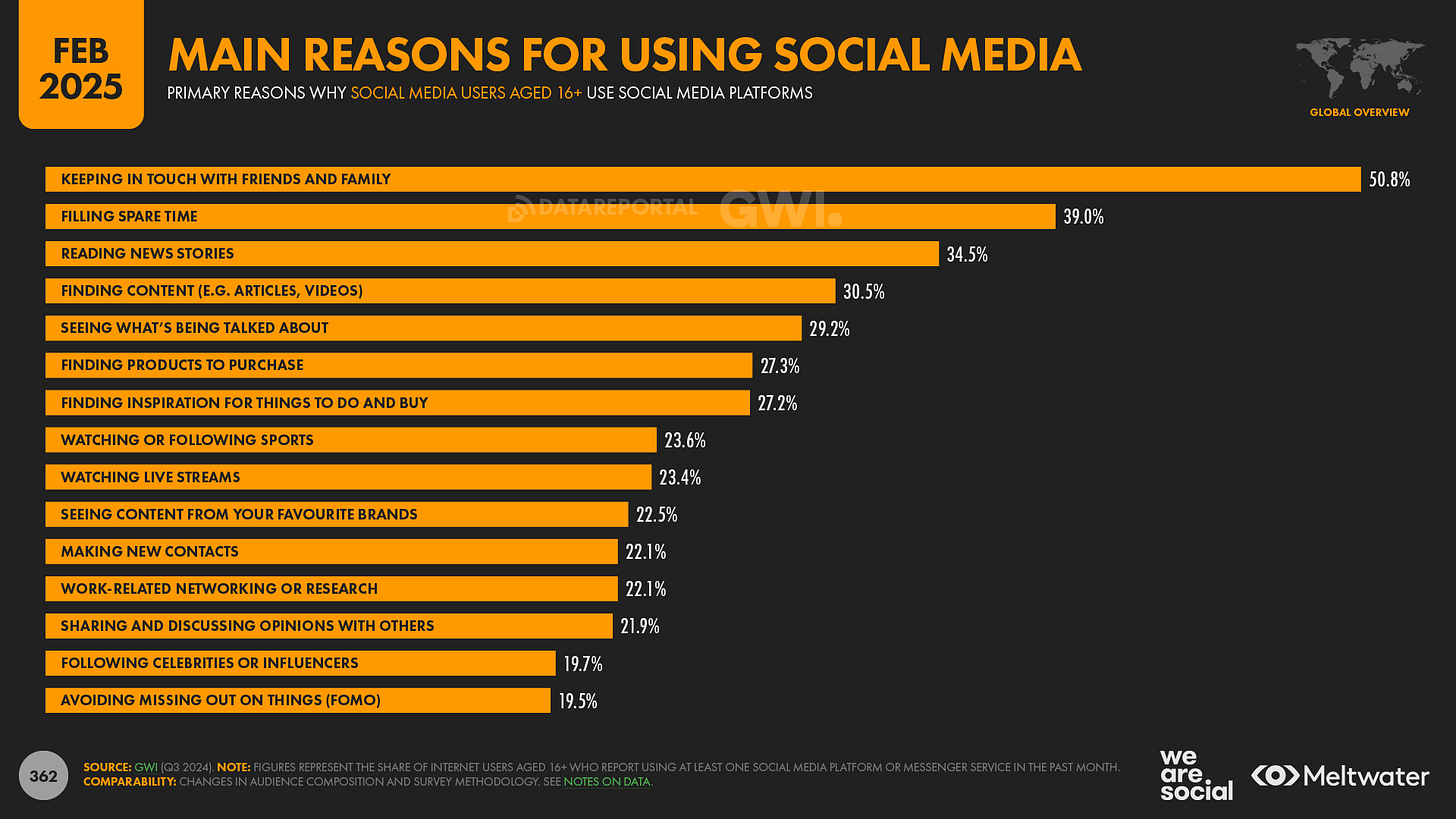
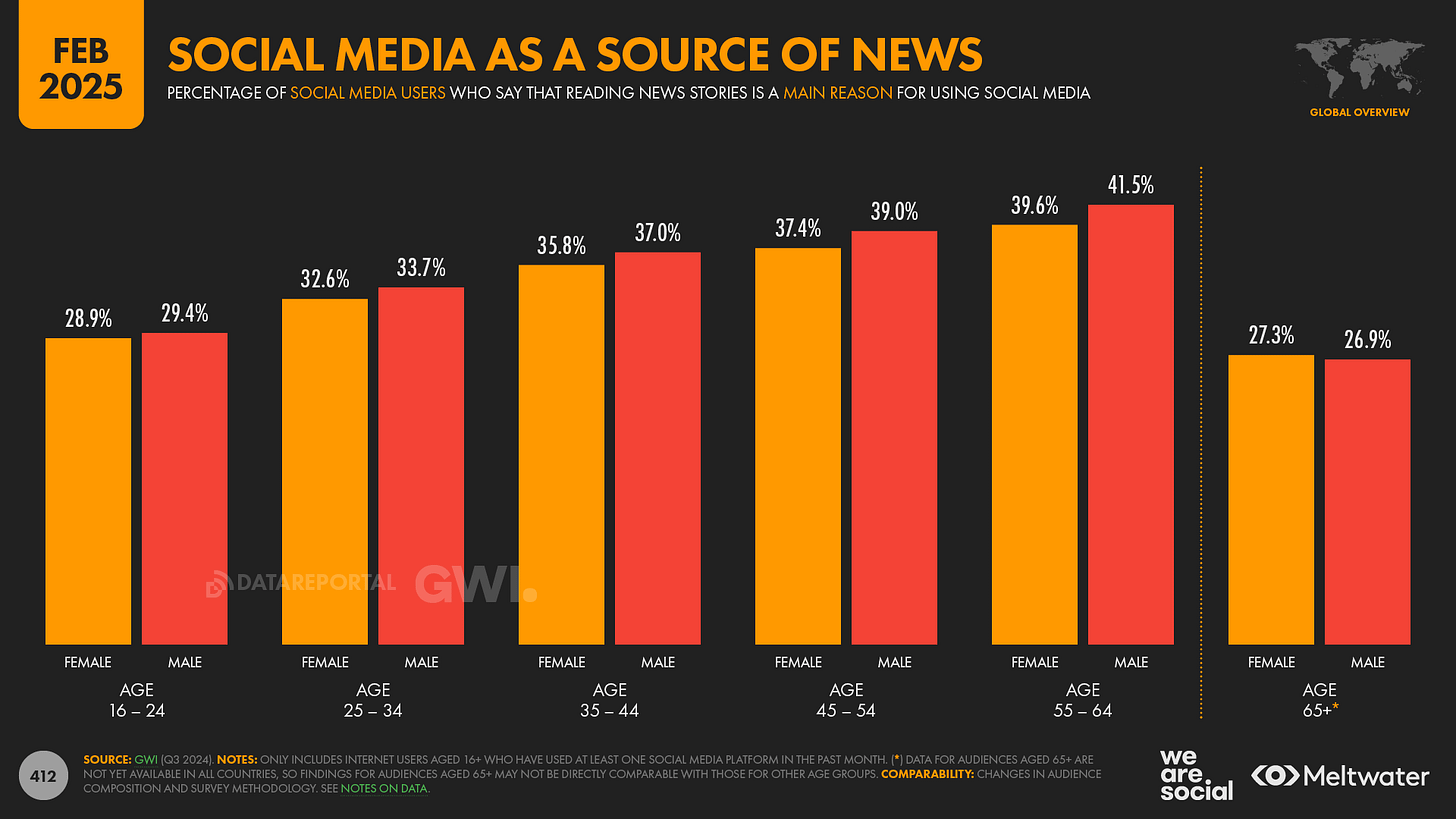


Wow! I am so honored that Consumer Digest was included!! <3